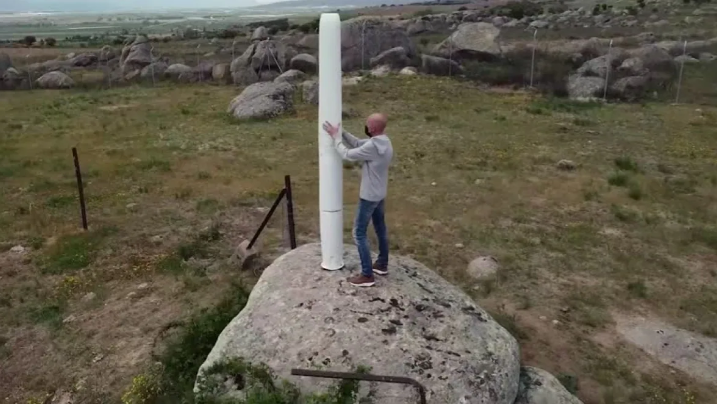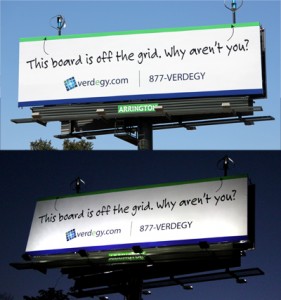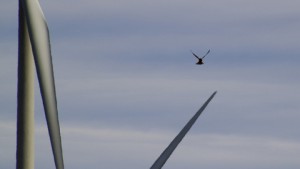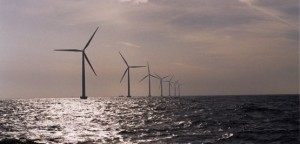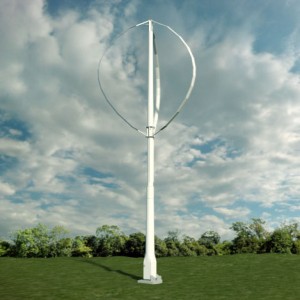Recently even more unconventional wind turbine designs have started to appear on the market. Vortex Bladeless has developed a prototype wind turbine with no blades. This concept flies in the face of the standard wind turbine model. If you thought that a helical wind turbine looked weird, how about a turbine that looks like a tall pipe or a cell phone tower?
We’ve all seen those Dyson fans that have no blades and wondered how they work, but a bladeless wind turbine seems even more counter-intuitive.
How does it work?
From a logical point of view, the Vortex Bladeless wind turbine is a type of vertical axis wind turbine because it stands vertically, and the axis is perpendicular to the air flow. However, rather than spin around, the “axis” oscillates to generate energy. Similar to the way a badly-designed bridge can collapse when it vibrates to a certain resonance frequency, the turbine oscillates when positioned in the wind stream.
Benefits
Bladeless wind turbines have fewer moving parts and require significantly less maintenance. This makes them ideal for more remote applications. Additionally, with no moving blades, they do not pose any threat to birds or their habitats. They operate silently and have a low visual profile, which helps reduce the impact to local resident NIMBYs. They are lightweight and can handle high winds, although haven’t been tested in extreme weather conditions yet.
Do these Bladeless Wind Turbines work?
As yet these turbines have not proven commercially viable, but the designer claims energy production at 30% of the cost of conventional wind turbines. Currently, the company has a small pilot wind turbine at the University of Salamanca, in Spain

